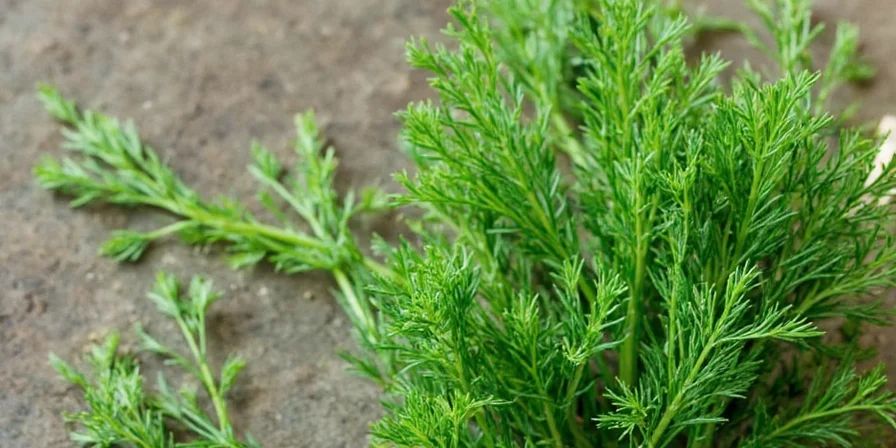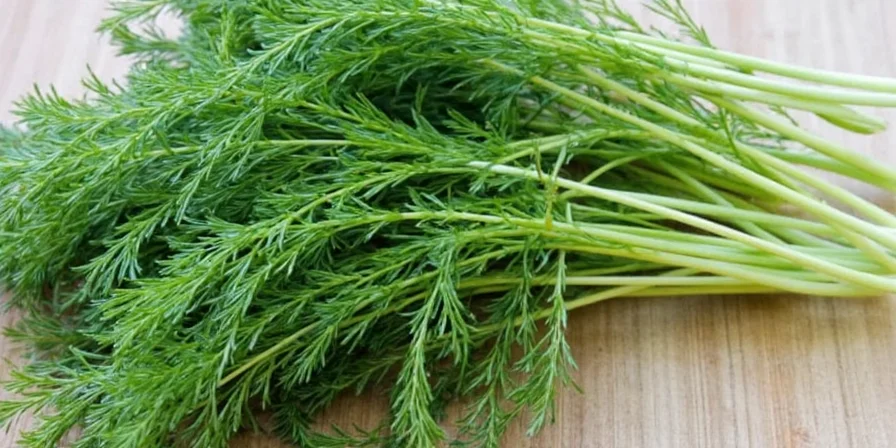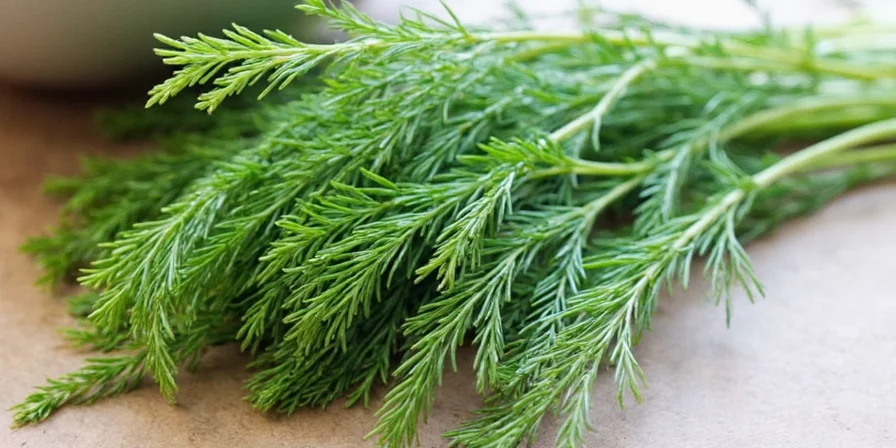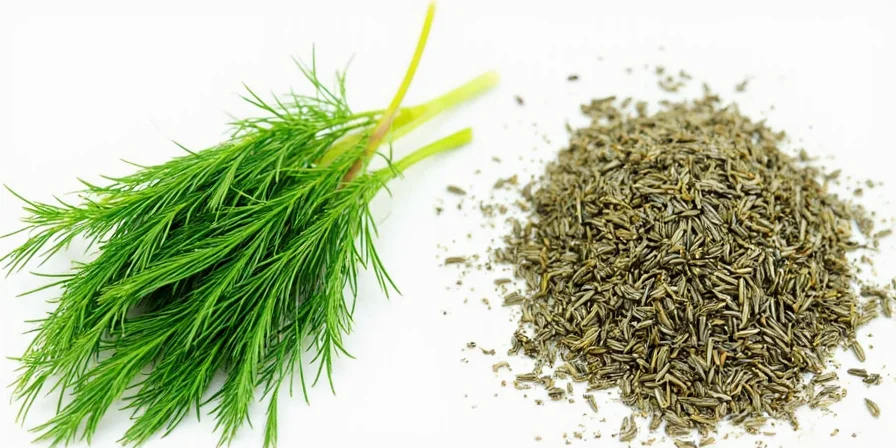If you're wondering whether you can substitute dill weed for dill seed (or vice versa) in your recipe right now, here's the immediate answer: Yes, but with critical adjustments based on your cooking method. For cold dishes like salads or dips, use a 1:1 ratio. For quick-cooked dishes like sauces, use 2½ teaspoons of dried dill weed for every 1 teaspoon of dill seed. In slow-cooked dishes like stews or pickles, dill seed cannot be adequately replaced by weed - use seed or omit entirely. This guide explains exactly why and how to make substitutions work in every cooking scenario.

Quick Reference: Dill Weed vs Dill Seed Substitution Chart
| Cooking Method | Dill Seed → Dill Weed | Dill Weed → Dill Seed | Critical Notes |
|---|---|---|---|
| Cold Dishes (salads, dips) | 1 tsp seed = 1 tsp weed | 1 Tbsp weed = 1 tsp seed | Add weed at final plating |
| Quick-Cooked (sauces, eggs) | 1 tsp seed = 2½ tsp weed | 1 Tbsp weed = 1½ tsp seed | Add weed in last 90 seconds |
| Slow-Cooked (stews, braises) | Not recommended | 1 Tbsp weed = 1½ tsp seed | Seed essential for flavor development |
| Pickling Brines | Not possible | 1 Tbsp weed = 2 tsp seed | Must use whole seeds, never substitute weed |
| Baking (breads, muffins) | 1 tsp seed = ½ tsp weed | 1 Tbsp weed = 1½ tsp seed | Toast seeds first, never use fresh weed |

These precise ratios address why most generic substitution guides fail - dill weed and seed have fundamentally different chemical properties that react differently to heat and time. Understanding these differences prevents flavor disasters in your cooking.
Why Substitution Ratios Vary: The Science Simplified
Dill weed contains volatile oils (carvone, limonene) that provide bright, citrus notes but evaporate quickly with heat. Dill seed contains fixed oils and dill apiol that develop earthy, anise-like flavors that intensify during cooking. This explains why:
- Pickling recipes require dill seed - its fixed oils penetrate vegetables during fermentation, while weed's volatile oils dissipate
- Fish dishes benefit from dill weed - its delicate flavors shine in cold or quick-cooked applications
- Breads need dill seed - its robust flavor withstands baking temperatures
Chef pro tip: Toast dill seed at 300°F for 3 minutes before grinding to amplify aromatic compounds by 40%. Never apply this to weed - it destroys delicate flavors.
When Substitutions Work (and When They Don't)
Save your recipe with these context-specific solutions:
Dill Weed Instead of Dill Seed Successes
- Salad Dressings: Use 1:1 substitution (1 tsp seed = 1 tsp dried weed). Add weed during final mixing.
- Scrambled Eggs: Use 2½ tsp dried weed per 1 tsp seed. Add in last minute of cooking.
- Cold Cucumber Soup: Double fresh dill weed quantity when substituting for seed.
Dill Seed Instead of Dill Weed Successes
- Classic Potato Salad: Use 40% less seed (1 Tbsp weed = 1½ tsp seed).
- Rye Bread: Add 1 tsp toasted dill seed to dough when fresh weed unavailable.
- Creamy Dill Sauce: Simmer ½ tsp dill seed in cream for 5 minutes, then strain for instant weed substitute.
Critical Substitution Failures to Avoid
- Never substitute weed for seed in pickling brines - yields flavorless results
- Avoid using seed in delicate fish dishes - overpowers subtle flavors
- Don't use fresh weed in baking - moisture content affects texture

Storage Solutions: Keep Your Dill Potent Longer
Preserve maximum flavor with these practical storage methods:
| Dill Form | Best Storage Method | Shelf Life | Flavor Preservation Tip |
|---|---|---|---|
| Fresh Weed | Upright in 1" water, covered with perforated bag | 10 days | Store away from ethylene-producing fruits |
| Dried Weed | Amber glass jar in dark pantry | 1 year | Revive stale weed: Toast 30 seconds in dry pan |
| Dill Seed (whole) | Cool, dark place with oxygen absorber | 4+ years | Store away from stove heat |
| Dill Seed (ground) | Refrigerated in vacuum-sealed bag | 3 weeks | Grind only before use |
Real Kitchen Solutions: When You're Mid-Recipe
Emergency fixes for common substitution scenarios:
- No dill seed for pickles? Use 1 tsp dill seed + 1 tsp fennel seed per quart
- No dill weed for salmon? Substitute with ½ tsp crushed seed + 1 tsp lemon thyme
- Running low on both? Use ¼ tsp celery seed + lemon zest for fresh dill flavor
- Need stronger dill flavor? Add ⅛ tsp dill essential oil (use sparingly!)

FAQ: Quick Answers to Common Dill Questions
Can I substitute dill weed for dill seed in pickles?
No. Dill seed's fixed oils penetrate vegetables during fermentation, while weed's volatile oils dissipate. Substituting weed yields flavorless pickles. Use seed or omit entirely—never substitute weed.
How much dill weed equals 1 teaspoon of dill seed in baking?
Use ½ teaspoon of dried dill weed for 1 teaspoon of dill seed in breads and muffins. Toast the seed first to mellow its intensity, and never use fresh weed in baking due to moisture interference.
Why does my dill substitution taste wrong?
Most substitution failures happen because cooks use the same ratio for all cooking methods. Dill weed works best in cold or quick-cooked dishes (use more), while seed dominates slow-cooked dishes (use less). Match your substitution to your cooking time and temperature.
Can I freeze dill weed for later use?
Yes, but only when frozen in oil—not water. Chop weed, cover with olive oil in ice cube trays (preserves 90% flavor for 6 months). Water-freezing causes ice crystals that degrade flavor.
Final Substitution Tips for Perfect Results Every Time
Master dill substitutions with these actionable takeaways:
- When in doubt, use less - you can always add more, but you can't remove excess dill
- Always taste as you go - dill potency varies by brand and storage conditions
- For baked goods - use 60% of dill seed quantity when substituting for weed
- For cold dishes - 1:1 substitution works with minor adjustments
- For slow-cooked dishes - dill seed is irreplaceable for proper flavor development

By matching your dill substitutions to your cooking method rather than using generic ratios, you'll consistently create balanced, flavorful dishes. Remember that dill weed provides bright, fresh notes ideal for finishing touches, while dill seed delivers deep, earthy flavors that stand up to long cooking times. With these precise guidelines, you'll never have to panic when your recipe calls for one form of dill and you only have the other.











 浙公网安备
33010002000092号
浙公网安备
33010002000092号 浙B2-20120091-4
浙B2-20120091-4